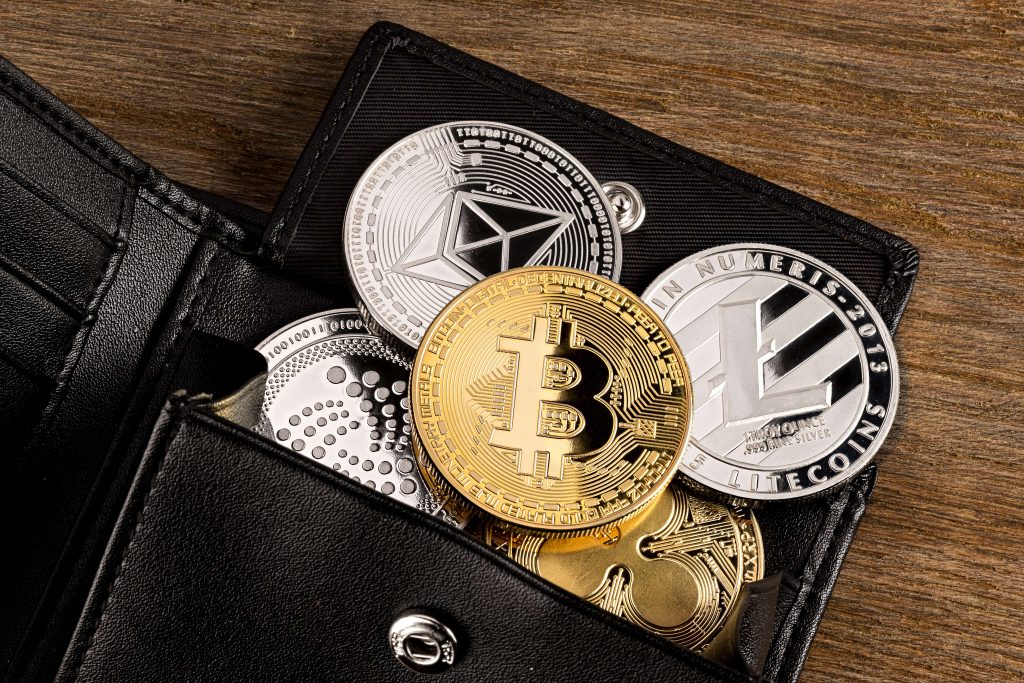
This doesn’t offer any physical security, but it can make it easier to tell if someone has peeked at your private key. If you want to separate your ERC20 tokens from your Ether holdings, then creating paper wallets is an easy way https://www.tokenexus.com/ to do this. There is an added layer of protection, in that you can easily send your tokens to a paper wallet. But to transfer the token out of the wallet requires a small amount of Ether in the wallet to pay for the transaction.

How To Get an Ethereum Blockchain Address?
Get the public address from the app you want to send the money to and put that into MyEtherWallet as the “To” address. Once you have confirmed that your transaction was successful, it’s time to secure your paper wallets. The printer that you use to create your paper wallets is a potential vulnerability too. If the printer is too “smart” then it can store your previous printouts in its memory, which can be downloaded. But if you create the wallet with software that is hacked, then the software can potentially transmit your private keys back to a hacker.

How to create an Ethereum wallet: securely manage your ETH and ERC-20 tokens
You can set up your Ether wallet to automatically receive Ether if you frequent a cloud-mining service, like Genesis Mining. It is recommended to save the official public address of your wallet to your computer, while keeping your private key hidden elsewhere to avoid any troubles. How to make a Paper Ethereum Wallet It is highly recommended to create an Ethereum paper wallet as one of the safest methods of securing your cryptocurrency. Essentially, an Ether paper wallet is a record of your Ethereum Wallet’s Private and Public keys which you need to access your wallet and make transactions.

Optional: Run the file on a separate offline computer
- Lastly, ensure the wallet provider offers regular updates and security audits to address vulnerabilities and keep the software secure against new threats.
- The signal to wireless printers can be intercepted by anyone who knows how to decode these things.
- MetaMask or Trust Wallet are often recommended for beginners due to their user-friendly interface and compatibility with web and mobile platforms.
- There is an added layer of protection, in that you can easily send your tokens to a paper wallet.
- Ensuring that private keys and recovery phrases are secure is the first defense against unauthorized access.
- The trick here is to fold the paper in such a way that one side overlaps the other, leaving just the right amount of space to glue them together.
When you have all the things together, we can start creating the Ethereum paper wallet. There are a lot of different ways you can store your Ethereum, from keeping it on online exchanges, to using a software wallet, to getting a hardware wallet. All of these options can be pretty confusing and overwhelming when you’re starting out. One pain point that we think is a big blocker for the mass adoption of this amazing technology is user safety. On MultiversX, tokens aren’t logs in smart contract records, but native assets with the same operating flow as EGLD, the native network coin.


No responses yet